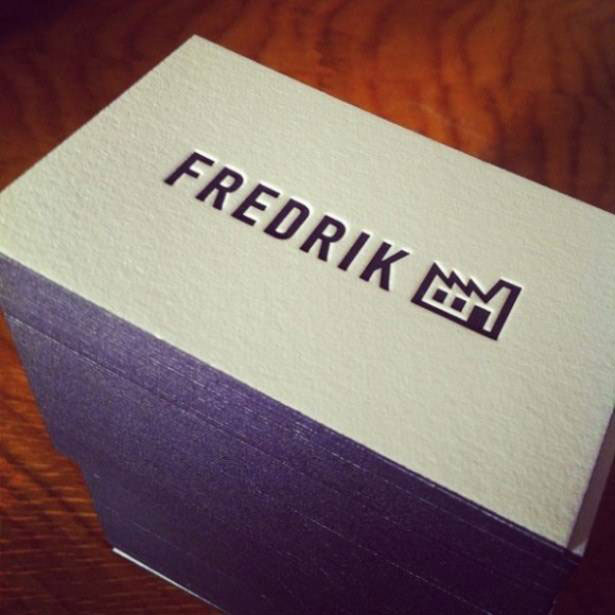
That's usually about as large as you can go. Some have standard flatbed presses (in which the paper rolls across the printing plate) and can print up to about 12x18". Most letterpress printers these days use platen presses (the kind that open and shut like a clamshell) and can't print an area larger than about 5 x 7". (One exception: silver ink on dark paper can work pretty well.)Ĥ) Size is limited. If you try to print a pale color on top of a darker color, it probably won't show up. Letterpress ink, as a rule, is pretty transparent. For example, you could overlap two transparent colors to create a third color.ģ) Dark on light. It's also why going from one color to two colors in letterpress almost doubles the amount of printing labor, which means that printing many colors/layers gets expensive FAST. Letterpress designers have to be clever at using very few colors to great effect. This is why crop marks are really helpful.

Then, the paper will need to be run through the press separately for each color (layer) you are printing. Each color you want to use will have to have its own black and white layer which will be turned into a printing plate. Letterpress (and other traditional printing techniques) aren't capable of printing all the colors at once. If you want to include shading, think of how artists would create light and dark through cross hatched lines in old engravings (like on a dollar bill) or with dots (like the halftone dots in old newspaper photos).Ģ) Think in layers. Either way, you can't have any blended gradations. You can create the artwork the old fashioned way with black paint or ink on a piece of white paper or you can create it all in Photoshop or Illustrator. (No grey.) Yes, you will be able to print it in color, but the artwork that you will be making into a printing plate must be in black and white. (This only covers printing from polymer printing plates, for example, not hand set type.) But if you are a beginner to the process, we hope this will help you wrap your head around the idea and get off to a good start.ġ) See everything in black and white. Please note that this isn't meant to be all-inclusive. You need to design things a certain way in order to get the distinctive inking and impression that it's known for. With that in mind, we decided to devote this Behind the Press to the basics of letterpress design. Like many beautiful things, letterpress is fickle and demanding.

Actually, they mostly contact us after the design is already "done" and are upset to learn that they'll have to start from scratch if they really do want it printed on a letterpress. Many people have approached us over the years who are in exactly this position. In fact, maybe you don't even realize you should be keeping anything in mind.

You might know your way around Adobe Illustrator, and have an idea of the look you are going for, but you have no idea what you should keep in mind while designing for this particular printing process. And maybe your wedding is coming up (or you're having a baby, or starting a new business), and you've decided you want to design your own invitations and get them letterpressed. You love letterpress, right? You love how it looks - the texture, the vintage appeal.
LETTERPRESS DESIGN SERIES
1 here.) We’re really excited about this new series and hope you enjoy! – K&E In it, we’ll be sharing our knowledge of letterpress, paper goods, and running a small business in the form of tips, how to’s, and more… This is no.

Behind The Press is a new blog series by SSP’s owners: Eva and Kirk Jorgensen.


 0 kommentar(er)
0 kommentar(er)
